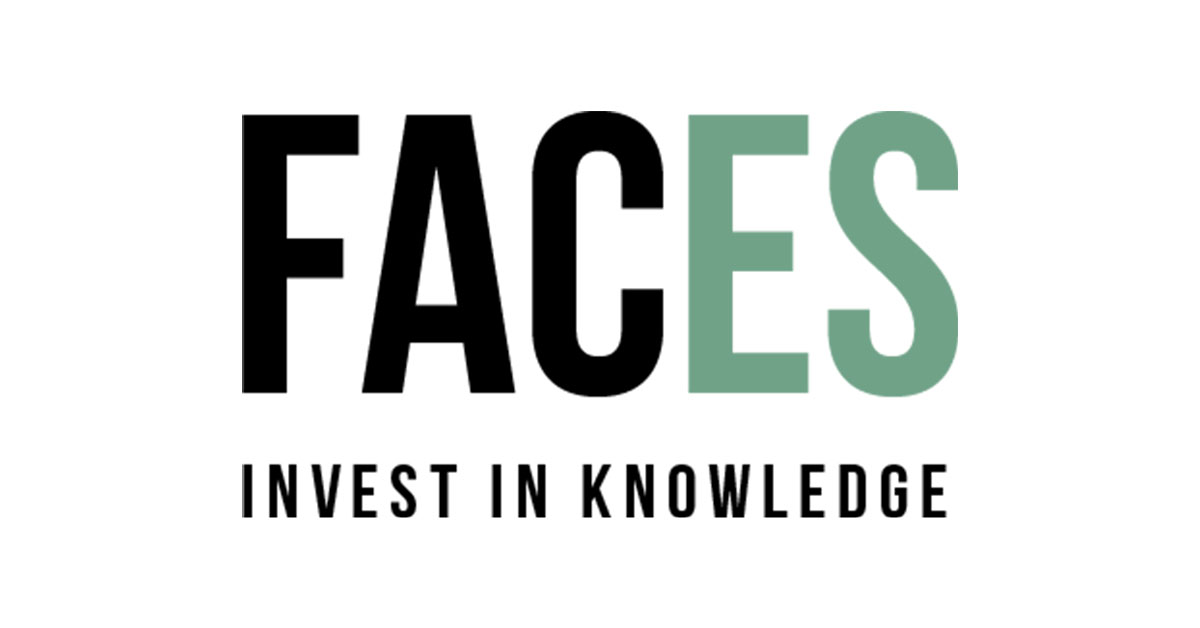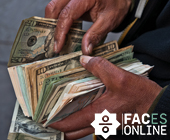In 1995 the Barings bank completely collapsed, but how did this happen? In this article Wout will tell you more about the person responsible.

Last February our committee had to make the most important decision: What is going to be the destination of Study Tour 2017? After a lot of research, we chose for Singapore and Malaysia. Once it was one country, but now it has already been 60 years separated from each other and are completely different in both cultural and economic perspectives. That’s why we thought it would be very interesting to visit both countries in one journey.
“Together with the three partners and some international employees we ended our visit with a traditional Dutch tradition: The Friday Afternoon Drink.”
The main goal of the Study Tour is to get students familiar with the business life in other countries and to get a feeling for cultural differences. We try to achieve this by visiting different companies and by undertaking several cultural activities. In Singapore we visited for example Rabobank, where we learned a lot about their role in Singapore. We further obtained a better insight in the role of the Singaporean government. The government of Singapore has a really long term plan: at the moment they are building a new harbor, while everyone knows that in ten years this harbor won’t be used anymore. They already know how the next harbor will look like and what its capacity will be. This shows the tight regime in Singapore: everything is carefully planned. You can even notice this when you are walking down the street. There is no trash on the streets, everyone is standing left at stairs, it’s prohibited to standstill at an underground station and drinking in public transport won’t be tolerated. If you still do this, you can expect a fine of 1000 SGD (≈€650).
Singapore has really beneficial rules for companies, which contributes to the prosperity of the country. This doesn’t mean that every company can just come to Singapore and expand its business, first permission of the Singaporean government is needed. To make this process more clear, we visited AccelerAsia, an originally Dutch company which is located in Singapore. AccelerAsia helps high-tech companies to settle themselves in Singapore. First, a roadshow is prepared to promote the company and to better estimate the chances of succeeding. After this, it is up to the company to continue the contact with AccelerAsia. Together with the three partners and some international employees we ended our visit with a traditional Dutch tradition: The Friday Afternoon Drink. The barbecue was switched on and the Heineken beers where put on the table. This illustrates the Singaporean society, which is actually a melting pot of different cultures.
“It costed 8 billion euros to build it, there are almost 3000 rooms and the biggest casino of the world is located in the hotel.”
You can experience the multiculturalism everywhere in Singapore. In the city you find Little India, China Town and Arab Street. The Western influence can be seen in the architecture of buildings in the city center. For example, from the roof of the Marina Bay Sands hotel you get a beautiful view over the city. The hotel is even a sight itself: it costed 8 billion euros to build it, there are almost 3000 rooms in the hotel and the biggest casino of the world is located in the hotel. In walking distance of the hotel you find Gardens by the Bay, a park which is built by the Singaporean government to raise the quality of living by improving the green and the fauna in the city. In the park you can see the so-called Supertrees, huge metal trees with beautiful light in the evening.
After a few days of enjoying the Singaporean wealth, we continued our journey by bus to Malaysia. Our first stop was in Melaka, the historical capital of the country. This strategically located trading town once belonged to the Portuguese, until the Dutch people captured the city in the VOC period. After a few years the city got captured by the British. The influence of the Dutch is still visible: the city has a “Stadhuys” and a “Dutch square”. After Melaka, we went to the small, unknown island Pulau Pangkor where we enjoyed the sun, the sea and the beach. On our way to Kuala Lumpur we made a stop at the Cameron Highlands, the most famous tea plantations of Malaysia. We made a trip through the nature and visited a tea plantation, where we faced the poverty of the country. The employees of the tea plantation live next to the plantation in small, wooden houses. The house of the boss is located higher up the mountains, so he literally looks down at his employees.
“We imagined what a Muslim would need to do if there wasn’t an Islamic bank in the neighborhood.”
Once we arrived in Kuala Lumpur, we visited KPMG and Bursa Malaysia. During both company visits we learned a lot about Islamic Banking. Muslims need to do their banking in accordance with the ideas of the sharia, so it’s for example prohibited to invest in pork meat, alcohol, pornography, weapons and gambling. Due to this, it is also prohibited to invest in derivatives because this is seen as a form of gambling. It’s furthermore not allowed to pay or charge interest. To still make it possible for customers to buy a house, they can close on a halal-mortgage. The bank will buy a house and will sell this to the customer afterwards This means that the bank will buy the house and a few days later they sell it with a profit to the customer afterwards. The customer needs to pay the money to the bank in terms. This construction is called ‘Murabaha’. Almost every one of us wasn’t familiar with this kind of banking and cause of that we imagined what a Muslim would need to do if there wasn’t an Islamic bank in the neighborhood. An employee of Bursa Malaysia, who was specialized in Islamic banking, explained to us that a Muslim is permitted to close on a mortgage at a normal bank if there’s no alternative.
After an educative day we showed our cooking skills during the workshop “Cooking with a local”. The group was split into three and assigned to a local. At the locals house every group cooked a typical Malaysian dish. It was really nice to visit a local and to see how the dishes, which we were eating for almost a week already, are prepared. Of course we were allowed to eat the result ourselves: a Malaysian curry with chicken and thousands of herbals!
On our last day we went to the Batu Caves. First we needed to climb 272 stairs to the temple and after that we had a tour through the Dark Caves, where a lot of bats, spiders and snakes live. We ended our journey with a common dinner and after that we flew back to the cold Netherlands. This made an end to two intensive, but above all nice weeks and brought us (unfortunately) back to our normal lives.
Lastly, I would like to thank my fellow committee members Jos, Silke, Adriaen, Alex and Sjoerd and of course our coordinator Djanmar for organizing the Study Tour!


In 1995 the Barings bank completely collapsed, but how did this happen? In this article Wout will tell you more about the person responsible.

COVID-19 has had a significant impact on the logistics of education. In this article, Daniël writes about the stress that comes with online education.

In this article, Boris de Bie and Sjors Seinen describe their experience with the CFA track of the master Finance, and the preparation for the CFA exam.

Curious about how Tilburg University will spend its money on the quality of education in the coming years? Read it in this article!